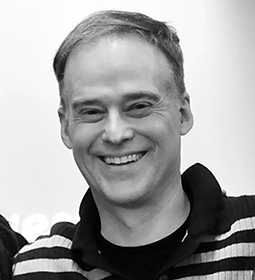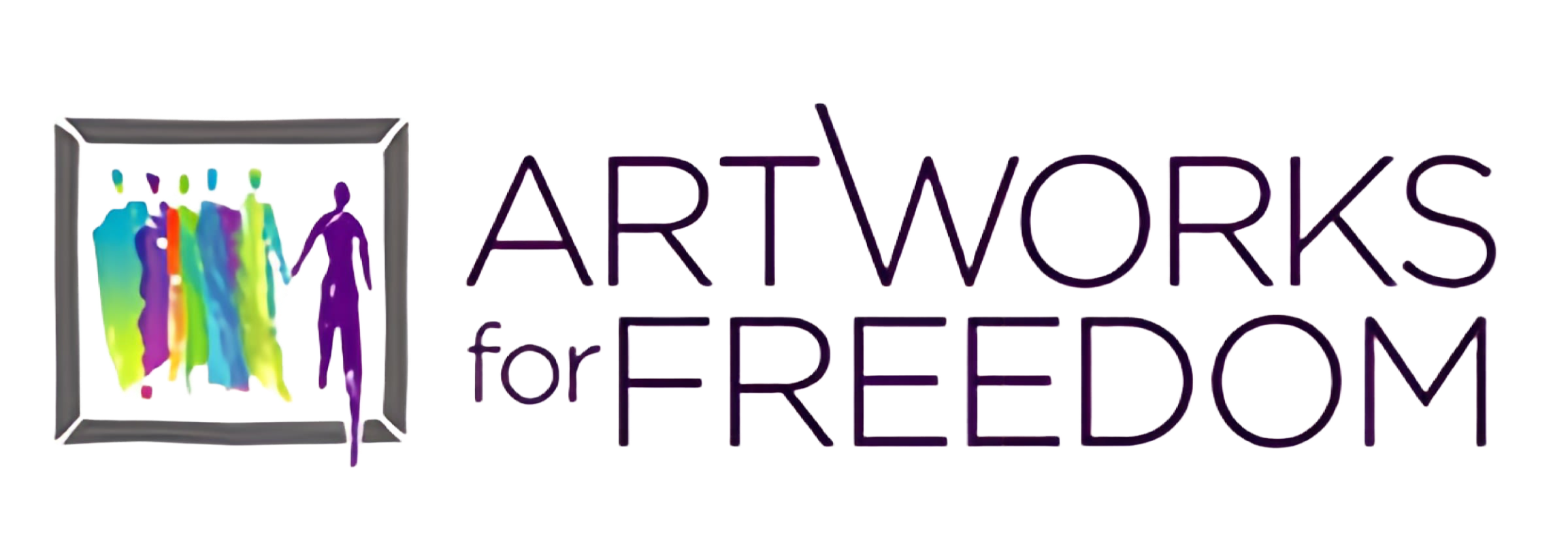In our Freedom Q&A series, we interview artists, NGO leaders, academics, students, grassroots activists and others around the world who are using their voices and creative skills to fight human trafficking.
This week, we hear from ArtWorks for Freedom contributing artist Thomas Estler, creator of the comic book “Abolitionista!” and founder of Freedom Ladder.

ArtWorks for Freedom Contributing Artist Thomas Estler
ArtWorks for Freedom contributing artist THOMAS ESTLER learned an important lesson about working for the betterment of society when he moved to New York and realized that his love of writing could be used to address human rights. Learning about the horrors of human trafficking, specifically sex trafficking, Estler decided to create the comic book “Abolitionista!” which serves as an educational tool to teach young people how to protect themselves from being victimized by traffickers. “Abolitionista!” opens the door to discussing human trafficking, and Estler delivers workshops using the comic book in schools, libraries, homeless shelters, community centers and churches throughout New York City, where he is based. He also founded the nonprofit organization Freedom Ladder to distribute “Abolitionista!” as well as other innovative education tools that help empower youth to take control of their own protection.
“Abolitionista!” workshops are also part of ArtWorks for Freedom’s awareness campaigns, where coordinated art events bring widespread attention to human trafficking in cities and regions across the world. Below, we hear from Estler about how preventing human trafficking and the exploitation of youth became pivotal aspects of his life.
How did you get inspired to become involved in anti-human trafficking work?
I think that I grew up without a sense of giving back to my community – without a sense of civic engagement. Then I came to New York, and I was taught that [civic engagement] was not only a possibility for how I could live my life but also a responsibility; believe it or not I was taught that in a church. As soon as that became clear, that maybe God wanted me to be responsible for making my city a better place to live – my world a better place to live – I think I opened up my eyes.
I asked myself what issue do I care about that I could contribute to, and right away my brain screamed back human trafficking. I don’t think at that time I knew very much about it, [but] I think I instinctively knew that it meant unspeakable suffering that needed to be stopped. A friend of mine who fights human trafficking in the New York City court system came back from an event of young women who had been rescued, and she told me, “I went to this event and all of the girls were reading comic books. Someone should right comic book about this issue.” I knew that this was the project for me, and that’s how it started.
I wrote a comic book and published it. I then created an organization called Freedom Ladder that distributes the comic book in the form of workshops in schools, libraries, YMCAs, homeless shelters for young people and churches.
Why did you decide to use art as a platform for your advocacy?
We’re using a very popular form of art. We’re not using art that hangs in museums, necessarily. We’re using art that is everywhere…we have found it is a much better educational tool for the audience we are trying to reach than we had ever dreamed possible. It is estimated that the average age of someone trafficked in the United States is around 12 or 13. Our project is a prevention project. We want to reach young people before they are victimized and empower them with tools to protect themselves.
The power of the comic book also is that much of the narrative heavy lifting is done by the pictures, so it is available to people with limited reading skills. I also try to make the vocabulary simple…I’m a writer who loves language but I really have to commit to the discipline of making the language as simple as possible because I certainly want to reach kids that don’t have great reading skills and in some cases any reading skills. We’re also translating the comic book into Spanish and other languages.
There are different areas of anti-trafficking work that you could have chosen. Why did you decide prevention is what you wanted to focus on?
I just feel as though children deserve a childhood that is safe – a childhood where they do not have to deal with the kind of horrific emotional and physical consequences of being exploited in the sex industry. The comic book focuses on getting kids to learn how to recognize a recruitment conversation, which is what they interpret as “being played.” They also learn how to powerfully deal with a predator and knowing who to go to for help if they get into trouble. These are skills that are going to help them in a variety of exploitative situations, but certainly for trafficking.
We’re also working on a comic book about healthy relationships. Not only do we want kids to know how to protect themselves, we also want them to live powerful, joyful, inspired lives and we want to make sure that we ignite that kind of idea in their lives.

From “Abolitionista!”
What’s the best lesson you’ve learned about activism and art doing this work?
When you decide that you care about an issue and you work at making the world a better place you’re really engaging yourself in something that is so enriching to you personally, it’s going to make your life better. During one workshop, I remember this one young woman who opened up her composition book and laid it on the desk in front of me. I didn’t even notice it. Finally one of her friends had to come up to me and say, “She wants you to read what she wrote.” So I picked it up. I read what she wrote and I did everything I could not to cry. She had gotten everything that we were hoping a child would get out of the comic book. She wrote, “Now I know when I’m being played and I can live my life without fear. Thank you for teaching me that I have the right to protect myself.”
Hearing that from a little girl…there just doesn’t seem to be anything else in my life that I’m doing that’s as worthwhile and valuable. And hearing a child say that they now realize they have the right to protect themselves…I just don’t know anything else I want to do with my life.
What advice would you give artists who want to use their work to address human trafficking?
There are many, many stories to tell. I just encourage people that care deeply about this and working in this kind of art form, to tell these stories and tell people what’s happening. Have them open their eyes to their own city so that they are no longer willing to tolerate this crime in their neighborhoods.
***
Thank you to Thomas for sharing their thoughts in our Freedom Q&A! To learn more, visit Abolitionista! and Freedom Ladder. Find them on Facebook and Twitter.




Share this entry